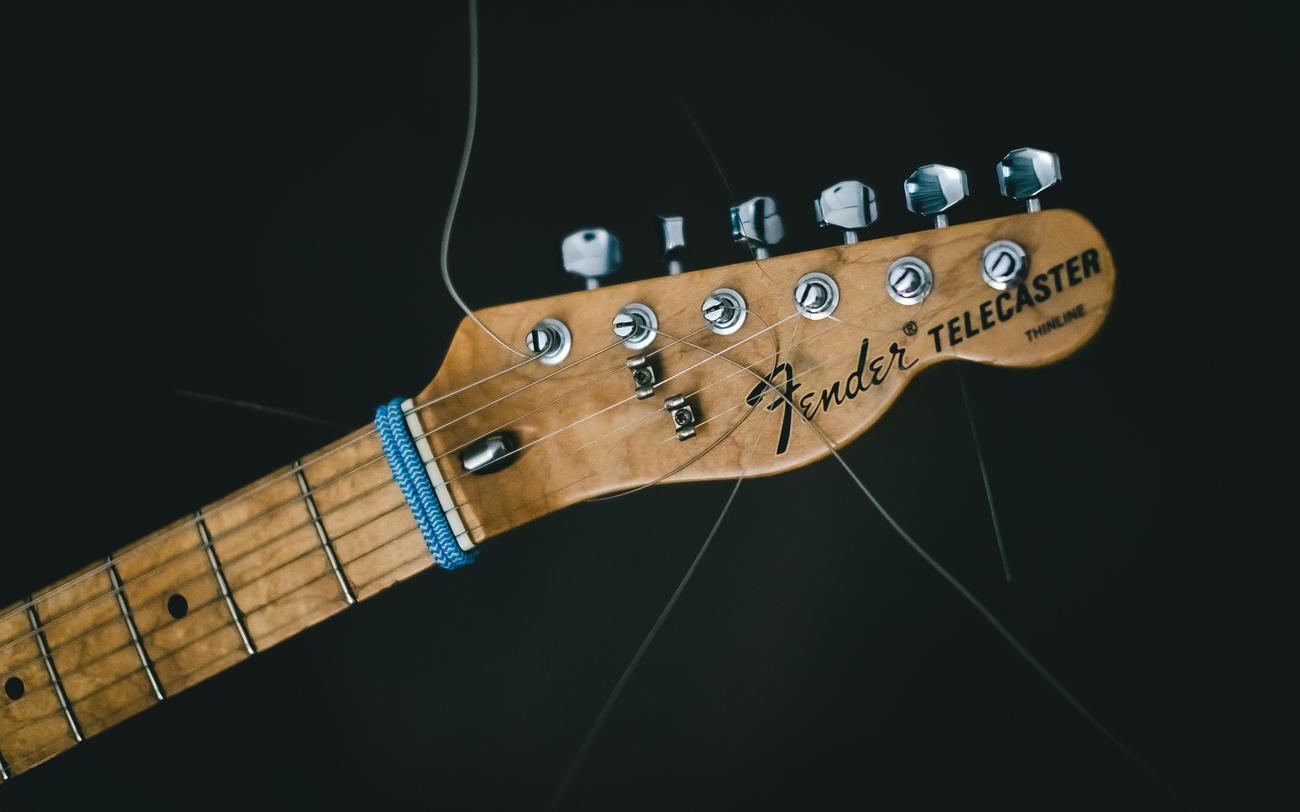If you’re a music enthusiast and a guitar lover, get ready to embark on a fascinating journey into the world of electric guitars. In this article, we’ll delve deep into the realm of captivating facts that surround these iconic instruments. From their intriguing history to groundbreaking designs and the players who have left an indelible mark, prepare to be amazed by the extraordinary stories that have shaped the world of electric guitars. So, strap on your favorite guitar, plug in, and get ready to uncover some truly mesmerizing facts!

Interesting Facts About Electric Guitars
Electric guitars, with their unique sound and versatile capabilities, have undoubtedly made a profound impact on the history of modern music. But did you know that the first electrically amplified guitar was actually discovered way back in 1931? This groundbreaking invention paved the way for the electric guitar as we know it today, revolutionizing the music industry and shaping countless genres.
One of the key figures in the development of the electric guitar was Charlie Christian, who invented it in 1936 by attaching a pickup to an acoustic guitar. Despite not knowing how to play the instrument himself, Leo Fender, the founder of the renowned Fender electric guitar company, went on to play a pivotal role in the evolution of electric guitars. His instruments have since become synonymous with rock ‘n’ roll and have been wielded by countless iconic musicians.
But it’s not just rock where electric guitars shine. These versatile instruments are used as the primary instruments in a wide range of genres, including pop, blues, jazz, metal, punk, reggae, R&B, and more. With their customizable sounds and wide selection of styles and models, electric guitars offer endless possibilities for musicians to explore and create unique sonic landscapes.
The science behind the electric guitar is based on electromagnetism, with pickups converting the vibrations of the strings into electrical signals that can be amplified. This innovation allowed for a significant increase in volume and introduced new ways to manipulate sound through effects pedals and amplifiers.
Aside from their traditional role in playing songs, electric guitars have also been utilized in unconventional ways. From creating atmospheric soundscapes to producing experimental noises, musicians have pushed the boundaries of what an electric guitar can do, making it an indispensable tool for sound exploration.
The history of electric guitars spans many decades, starting with early modifications of acoustic guitars with pickups. In the 1930s, brands like Gibson introduced the first production electric guitars, such as the popular “Esquire,” which gained popularity among country and western artists. As time went on, the design and aesthetics of electric guitars became increasingly important to musicians, particularly in the 1980s, when eye-catching looks became synonymous with the genre.
To ensure the longevity of your beloved electric guitar, basic care and maintenance are essential. Regular cleaning, string changes, and proper storage can greatly extend the life and playability of your instrument.
In conclusion, electric guitars have a fascinating history deeply rooted in the development of 20th-century electromagnetic inventions. From their humble beginnings as modified acoustic guitars to the iconic instruments we know today, electric guitars continue to captivate musicians and listeners alike. Their impact on the world of music is undeniable, and their ability to express emotion and create diverse sounds makes them an integral part of modern musical culture.
“The electric guitar’s evolution from a humble invention to a versatile powerhouse has shaped the world of music, forging pathways for creativity and self-expression.”
Electric guitars have a magnetic allure that captivates music lovers from all walks of life. Whether you’re an aspiring rock star or simply a fan of those shredding solos, there’s no denying the fascination that surrounds these instruments. If you’re hungry for knowledge and eager to delve deeper into the world of electric guitars, we have just the thing for you – a list of fascinating fun facts about electric guitars! From the history of their invention to the mind-boggling array of styles and designs available today, this comprehensive compilation will leave you in awe. So, sit back, relax, and click here to uncover the secrets behind these iconic musical tools: Fun Facts About Electric Guitars. Prepare to be amazed!
FAQ
Q: When was the first electrically amplified guitar discovered?
A: The first electrically amplified guitar was discovered in 1931.
Q: What is the history and impact of electric guitars in modern music?
A: Electric guitars have had a profound impact on the history of modern music. They were introduced in the 1930s and revolutionized various genres including rock, pop, blues, jazz, metal, punk, reggae, R&B, and more. Their unique sounds and versatility continue to make them a popular instrument.
Q: Who invented the electric guitar?
A: Charlie Christian, who attached a pickup to an acoustic guitar, is credited with inventing the electric guitar in 1936.
Q: How do electric guitars produce sound?
A: The science behind the electric guitar is based on electromagnetism. Electric guitars involve modifying acoustic guitars with pickups that convert string vibrations into electrical signals, which are then amplified.
Q: How has the appearance of electric guitars evolved over time?
A: In the 1980s, the look of an electric guitar became important to musicians. Today, electric guitars offer a wide range of styles and models to choose from, allowing musicians to express their individuality.















